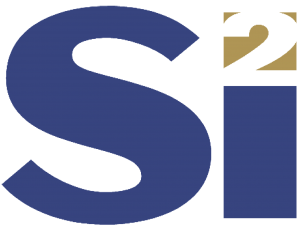Si2 Launches Effort to Improve IC Ecosystem
Si2 Launches Effort to Improve IC Design Ecosystem
New Special Interest Group Will Present Recommendations at DAC 2018
Si2 is seeking industry input on an international effort to identify and address ways to streamline and improve the IC design ecosystem. The finished product will be a DAC 2018 white paper whose contents will present an industry consensus on specific ways the industry can manage the rising costs of more complex designs and smaller geometries.
Ted Paone, Si2 interoperability standards architect, said the first step in the process was the formation of the Si2 Design Ecosystem Special Interest Group (SIG), which will write and distribute an industry-wide survey identifying areas of concern. The survey will launch in March 2018. Intel, Cadence Design Systems, Micron, Samsung, IBM and PDF Solutions are charter members of the SIG, which will investigate the impact of current issues in design and the expectations of future design requirements including performance and interoperability improvements to design data bases and scripting languages.
IC designers and engineers can submit survey questions for consideration at https://www.surveymonkey.com/r/9NSZCLC.
“We’re asking for the industry to help identify their specific design concerns so we can incorporate them into our survey,” he explained. “These are the people whose day-to-day activities are complicated by the need to create successful silicon while dealing with more and more complex processes, larger designs, new security and traceability issues, and emerging technologies such as chiplets, photonic elements and three-dimensional packaging.”
For information about the Si2 Design Ecosystem SIG, contact Paone, [email protected]. Information about joining the SIG is available at www.si2.org.
About Si2
Founded in 1988, Si2 is a leading research and development joint venture that provides standard interoperability solutions for integrated circuit design tools. All Si2 activities are carried out under the auspices of the National Cooperative Research and Production Act of 1993, the fundamental law that defines R&D joint ventures and offers them a large measure of protection against federal antitrust law.
